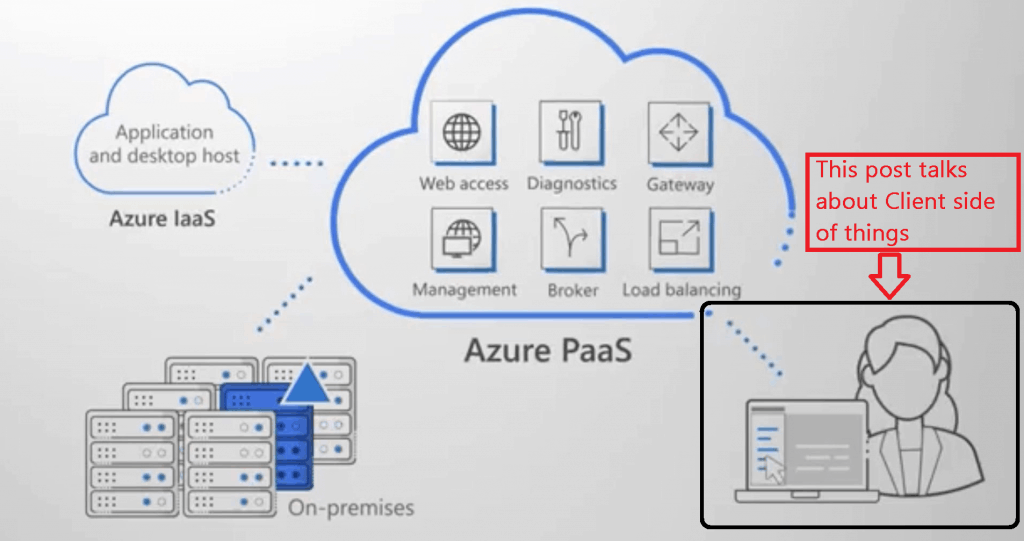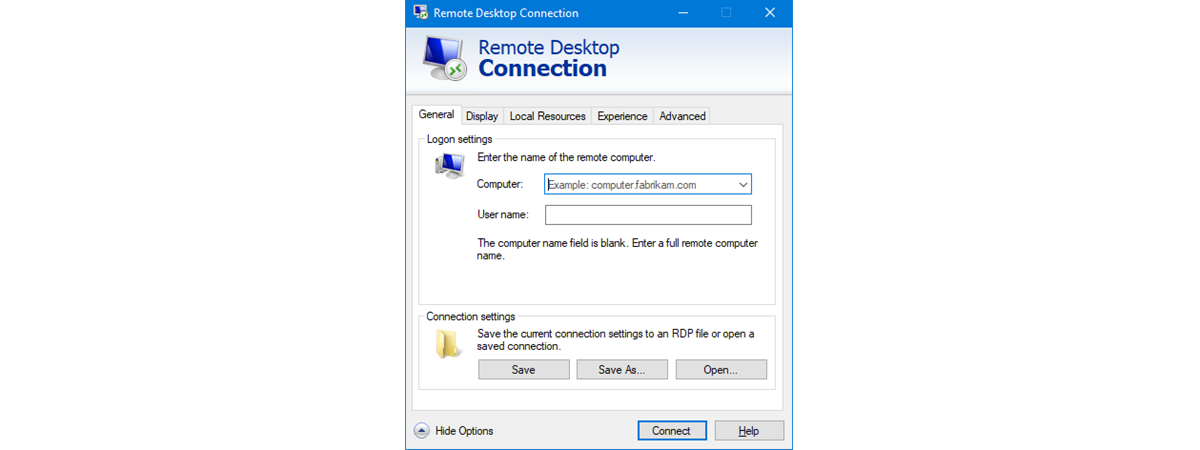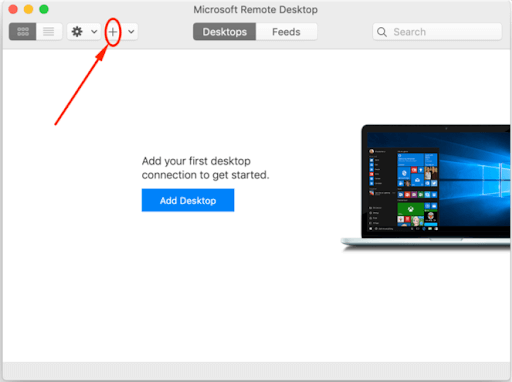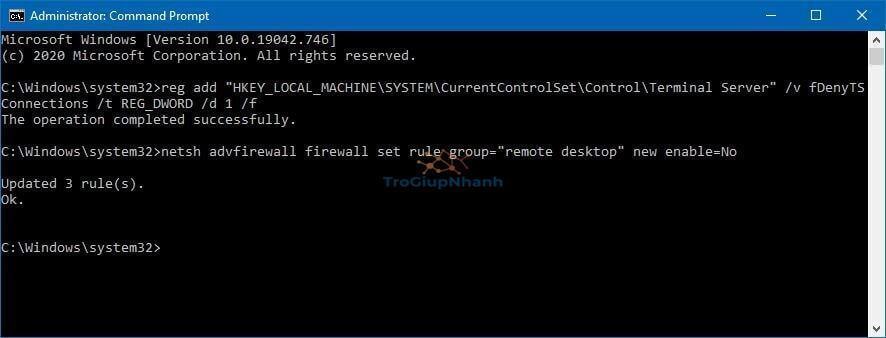

- #Microsoft remote desktop connection install
- #Microsoft remote desktop connection windows 10
- #Microsoft remote desktop connection Pc
- #Microsoft remote desktop connection plus
- #Microsoft remote desktop connection windows
On this screen, click on RD Licensing, choose Per User or Per Device settings depending on your agency’s needs and click OK. Once all roles are installed, navigate to the Remote Desktop Services screen, click on Tasks, then click on Edit Deployment Properties. When prompted, name the self-signed SSL certificate with a fully qualified domain and click Next to add the role.

#Microsoft remote desktop connection plus
On the Remote Desktop Services screen, click on the green plus sign over RD Gateway, then select the destination server.
#Microsoft remote desktop connection windows
Once Windows installs the licensing server, a green plus sign should be visible above RD Licensing in the RDS Deployment Overview section. From there, add the other server on the Add RD Licensing Servers screen.

Navigate to Remote Desktop Services and click on the green plus sign for RD Licensing. The RDS wizard will then serve as a guide to installing all of these roles at once.įrom within the Server Manager application, add a server to manage what will become a licensing server.

Within the Add Roles and Features wizard, select Remote Desktop Services installation using the Quick Start option on Windows Server. Think of the RD Connection Broker, RD Web Access and the RD Session Host roles as base roles, which need to be installed on the primary RDS server.
#Microsoft remote desktop connection install
Install RDS Base RolesĪ typical RDS implementation has five roles: Remote Desktop Connection Broker, Remote Desktop Web Access, Remote Desktop Session Host, Remote Desktop Licensing and Remote Desktop Gateway. With two servers, administrators can set up an entire RDS implementation in only four steps. RDS provides users with a Windows client desktop that is shared among other users on Windows Server and allows administrators to provide a Windows desktop experience for many users at once, using one or more servers and a Remote Desktop Protocol client.Īs such, RDS is a valuable and widely available tool for operations continuity, empowering workers with the capabilities to function both in the office and away from it.
#Microsoft remote desktop connection windows 10
That said, I’m increasingly inclined to believe that RDC’s days on the Windows 10 desktop might be numbered.Microsoft’s Remote Desktop Services is a popular desktop virtualization product. Right now, use whichever one you like best. It looks like I won’t have reason to complain should MS do likewise, and kill off RDC in favor of the more modern RDApp. With the recent news about Microsoft pushing users from the System widget in Control Panel to Settings → System → About, that’s probably a good thing. But it seems there’s no longer any good reason to prefer one over the other. I cheerfully confess being habituated to RDC and still reach for it instinctively to access the other 6 PCs in my office (and the 3 other PCs elsewhere in the house right now). Looks like users can go either way, and work with either remote desktop access tool. This removed my long-standing objections to the RDApp, and my equally long-standing preference for the older RDC application. Today, when I tried a classic text cut-n-paste inside RDapp on my Lenovo X380 Yoga test machine from Notepad, Explorer, Everything, and other apps, text cut-n-paste worked perfectly. This also worked fine in RDC, but not in RDapp.
#Microsoft remote desktop connection Pc
One couldn’t use CTRL-C on the target PC (cut or copy) and CTRL-V on the host PC (paste) to grab text from the target PC and then paste that text into an application running on the host PC desktop. Try to make the Remote Desktop connection and then check to see if the issue still persists. In the experience tab, check the Persistent Bitmap Caching option and save your changes. This still doesn’t work right (I just tried it), but Snip & Sketch is not subject to that limitation.Įarlier versions of Windows 10 also had problems with the clipboard/paste buffer. Typing in Remote Desktop Connections in the search bar Click on the Show Options button and then click on the Experience tab. I’ve gotten in the habit of using RDC because back before Snip & Sketch became the recommended native screen-grab tool in Windows 10, its Snipping Tool predecessor couldn’t gab evanescent screen info - such as Start menu contents, for example - from the target PC desktop inside RDApp. Both applications are nearly identical and use the same underlying Remote Desktop Protocol (RDP) to do their respective things. By process of elimination, that means RDApp is the Remote Desktop app whose menu icon appears at the right in that same graphic. RDC is, of course, the Remote Desktop Connection application start-up window shown at the left on the lead-in graphic for this story.


 0 kommentar(er)
0 kommentar(er)
